SEARCH






|
|
|
|


by Editor Miro Susta
Edited and published by Yvette Depaepe, the 27th of May 2022
The last stage of the journey across the world continents takes us to the snow and ice of the Arctic and Antarctica, two geographical zones that are associated with white beauty and cold.
'Arctic Artwork' by Daniel Gastager
Probably many people who left school a long time ago will not be able to immediately answer the differences between the Arctic and Antarctica - where are they located and how do they differ? We can only say for sure that there is a lot of snow, ice fields and glaciers.
'Only a beautiful arctic day' by Christian Schweiger
In what are the Arctic and Antarctica similar?
To better understand their similarities and differences, it is worth starting with what these places have in common.
'Arctic Glacier' by David Martin Castan
The name
Strictly speaking, it is not about similarity, but rather opposition.
The word "Arctic" is of Greek origin. Arctos means bear. This is due to the constellations Ursa Major (great bear) and Ursa Minor (smaller bear), by which people are guided in their search for Polaris, the major northern landmark.
'Arctic Ice Field' by Miro Susta
The word "Antarctica" originated relatively recently, or rather in the twentieth century.
The story of its origin is not so interesting. The fact is that "Antarctica" is a combination of the two words "anti" and "arctic", that is, the part opposite the Arctic or bear.
Antarctica, Spert Island' by Raimondo Restelli
Climate
The snowfall, ice fields and glaciers are a result of the harsh climatic conditions. This is the second similarity of the above territories.
'Paradise Bay of Antarctica' by John-Mei Zhong
However, it should be noted that the similarity is not quite complete, as the Arctic climate is steadily milder due to the warm currents that go far enough along the northern coast of the Eurasian continent. Antarctica experiences dryer and colder atmospheric conditions than the Arctic.
'ice row' by Qiang Liu
What is different between Arctic and Antarctica?
Even though the two continents are very cold, constantly covered with snow and ice, they both have many differences.
Arctic
'Smile! You’re in the Arctic' by Vadim Balakin
Arctic is the north polar region of our planet, adjacent to the North Pole.
It includes the edges of two continents - North America and Eurasia - and includes almost the entire Arctic Ocean and many of the islands in it.
'Pancake Ice' by Susanne Landolt
It comprises the adjacent parts of two oceans - the Pacific and the Atlantic Ocean. The average temperature is -34°C, and the lowest temperature between -40 and -68°C. The Arctic is warming four times faster than the global average. Arctic has Polar Bears but not Penguins.
'Shake of the snow' by Hao Jiang
All directions from North Pole are leading south. North Pole elevation is two meters above sea level. The Arctic is located largely on frozen ocean which is under North Pole 4.3 km deep.
'Walking in the North Pole' by Slavado
First expedition led by US explorer Frederick Cook had reached North Pole in 1908. Because there is always a safe emergency landing site within the prescribed distance available, commercial airliner flights on the North Polar routes may pass within viewing distance of the North Pole.
No country owns the North Pole or the region of the Arctic Ocean surrounding it.
'Spirit of Adventure' by Vadim Balakin
Antarctica
'Ice Gills' by Marsel van Oosten
Antarctica covers the south polar region of our planet, adjacent to the South Pole. Antarctica is the fifth largest continent in the World. Antarctica is governed internationally through the Antarctic Treaty system. Ninety-six percent of the continent is covered by ice of 1.6 km thickness.
'Symphony of Silence' by Sergey Kokinskiy
The average interior temperature is -57°C, and the lowest between -60 and -89°C. Antarctica is a polar desert with an annual average precipitation of just above 10 mm. There are several volcanoes in Antarctica and two of them are active.
'Shapes of frozen volcanos' by Peter Svoboda MQEP
South Pole elevation is 2’835 meters above sea level. Antarctica has Penguins but not Polar Bears.
'Penguins jumping' by Joan Gil Raga
All directions from South Pole are leading north. Antarctica was discovered in 1773 by James Cook when he crossed the Arctic Circle.
'The Arch' by Aurelie Neveu
First expedition led by Norwegian explorer Roald Amundsen had reached South Pole in 1911.
'Antarctic Kayaking' by Marsel van Oosten
Permanently staffed US Amundsen-Scott polar station is situated on South Pole. Because of non-availability of a safe emergency landing site within the prescribed distance available, commercial airliner flights are restricted from using the South Polar routes.
'The Lonely Penguin' by Raymond Ren Rong Liu
Why is the Antarctic colder than the Arctic?
Because the largest part of the continent is located up to 3’000 meters above sea level, and the air temperature drops with the altitude.
'The Sentinel' by Harv Greenberg
On the other hand, most of the Arctic is elevated only a few metres above sea level and as mentioned above, the area is influenced by the warm Atlantic Ocean currents, known as “atlantification.”
There is no time zone in the Arctic and Antarctic. The question of time here is complex. At the South and North Pole, the lines of longitude, which give us different time zones around the world, meet at one point.
'Jump!' by Vadim Balakin
In the Arctic and Antarctic, our concept of time becomes blurred, because all longitudes converge there. For example, scientists working in Antarctica usually remain in the time zone of the country they left, but this can cause some problems.
'Arctic drama' by Daniel Gastager
In most of the area, there are 6 months of constant daylight and 6 months of darkness. Without the usual day and night markers, time begins to appear a little different.
'Arctic Lights' by Cristian Kirshbom
Why do we refer to the Antarctic Peninsula as West Antarctica and the part directly south of Australia as East Antarctica?
It is based on the Prime Meridian, an imaginary line that passes through Greenwich in the United Kingdom at zero-degree longitude.
'Floating Iceberg, Antarctica' by Annie Poreider
If you are standing at the South Pole and facing Greenwich, everything to the left of you is West Antarctica and everything to the right of you is East Antarctica.
'A red house by Antarctica Glacier' by John-Mei Zhong
We can all learn from the untouched, sensitive nature of the white continent around the North and South Poles, but this should be a subject of another article.
'Arctic Wonderland' by Rickard Eriksson
I wish to conclude these series of articles about earth Continents by quoting words of Anglo-Irish Antarctic explorer Sir Ernest Henry Shackleton who led three British expeditions to the Antarctic during 1907-1909 : "I believe it is in our nature to explore, to strive for the unknown."
www.mrsphoto.net
[email protected]
Other articles by Miro Susta (mirosu) about the journey across the world continents which may interested you:
[4] A Journey through Europe's Beauty and Diversity (1x.com)
[4] Incredible Asia (1x.com)
[4] The 'unknown' Africa: an amazing continent (1x.com)
[4] Oceania : A World of a Thousands of Islands (1x.com)
[4] Secrets of Americas and Caribbean (1x.com)
 | Write |
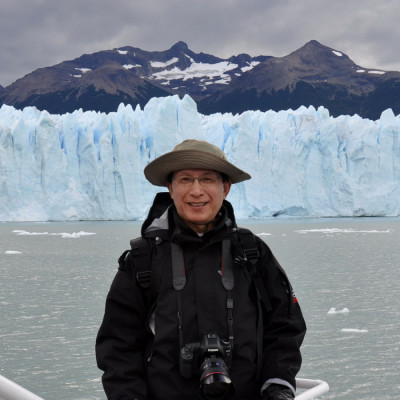 | Raymond Ren Rong Liu PRO Wonderful gallery and article ! Thank you Miro and Yvette. |
 | Miro Susta CREW You are most welcome Raymond. Nice to see that you like it. |
 | Miro Susta CREW You are most welcome Raymond. Nice to see that you like it. |
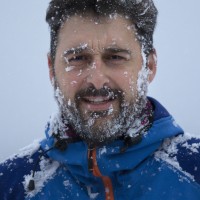 | David Martin Castan PRO Graet article!! Thank you Yvette |
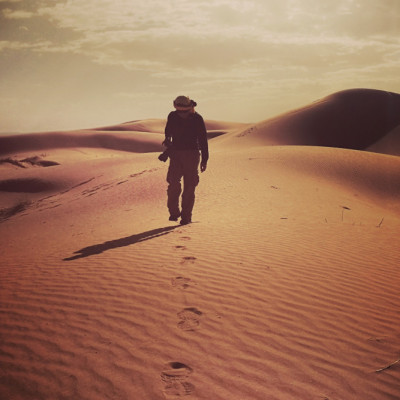 | John-Mei Zhong PRO Excellent collection and article, thank you Miro and Yvette. |
 | Miro Susta CREW Thank you John-Mei, we are glad to see that you like it. |
 | Jesus Concepcion Alvarado PRO Asombrosas fotografías . Estupenda selección |
 | Miro Susta CREW Muchas gracias querido Jesús por tu gran alabanza. |
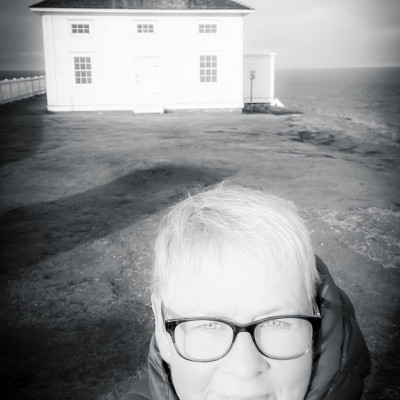 | Kimberly CREW Stunning images, great article! |
 | Miro Susta CREW Thank you very much Kimberly for your very nice praise. |
 | Gabrielle van den Elshout PRO Fantastic gallery and article! |
 | Miro Susta CREW Many thanks Gabrielle I am glad to see that you like it |
 | Tony Galvin PRO |
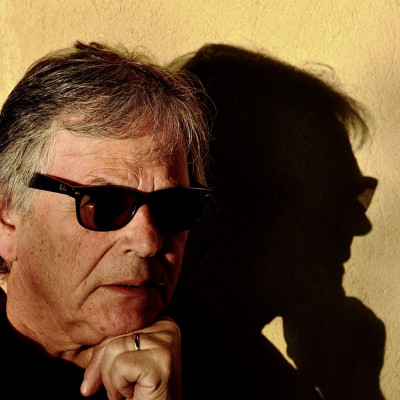 | Arnon Orbach CREW Wonderful gallery. Living in a place where we never had snow in our area these images are pure fascination. my compliments for the article the the amazing images. Thanks to Miro and Yvette for this exciting trip. |
 | Yvette Depaepe CREW Thank you, Arnon ;-) |
 | Faran Hassan Amazing |
 | Miro Susta CREW Thank you Faran |
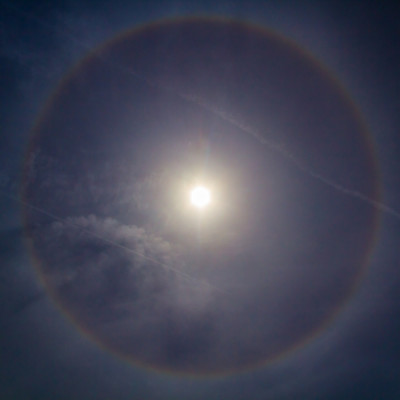 | Mr.G. PRO Great article and beautiful pictures |
 | Miro Susta CREW Many thanks for nice comment and praise. |
 | Gerda J. Hoogerwerf PRO An educative article illustrated by fascinating photos, thank you for this treat! |
 | Miro Susta CREW Thank you dear Gerda, we appreciate very much your nice words of praise. |
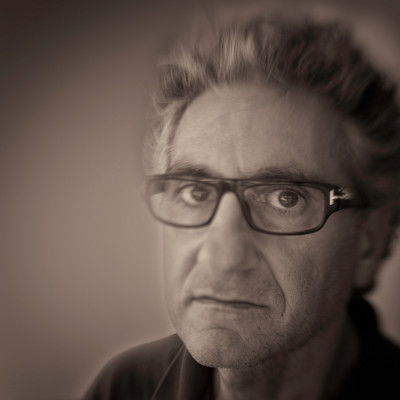 | Vito Guarino PRO Wonderful images. Congrats |
 | Miro Susta CREW Thank you Vito. |
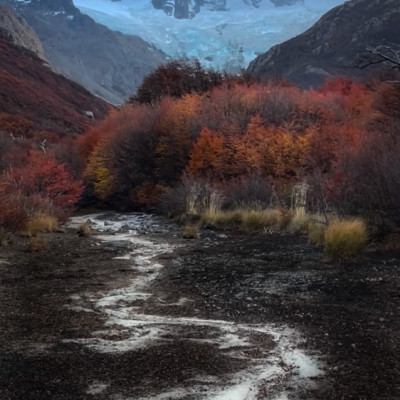 | Bing Li PRO Fascinating, beautiful and stunning photos. intriguing article. well done. |
 | Miro Susta CREW Many thanks for your appreciation dear Bing Li. |
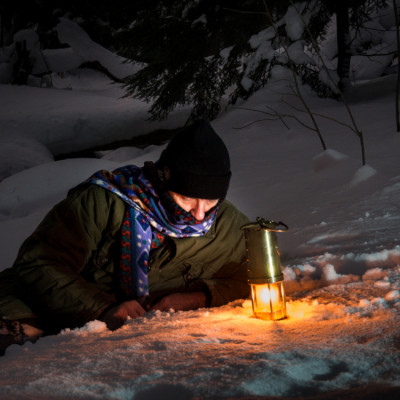 | Pierre Desautels PRO Excellent article and amazing photos... I was lucky enough to work in the Artic when I was young (Resolute Bay and Greenland), impressive places to visit. |
 | Miro Susta CREW Thank you very much Pierre. |
 | Anita Singh PRO Such an interesting and informative article accompanied with amazing photographs, congratulations to photographers and thank you editors |
 | Miro Susta CREW Many thanks for your great words of appreciation Anita. |
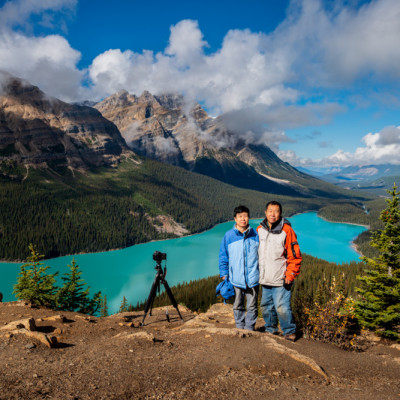 | Wanghan Li PRO Excellent!!! |
 | Miro Susta CREW Many thanks Wanghan. |
 | Lindsay Thomson Marmen Absolutely stunning! I almost had a chance to go to Antartica but still would like to go. |
 | Miro Susta CREW Many thanks for your nice worlds Lindsay. Don't give up, my be you will manage it one day. |
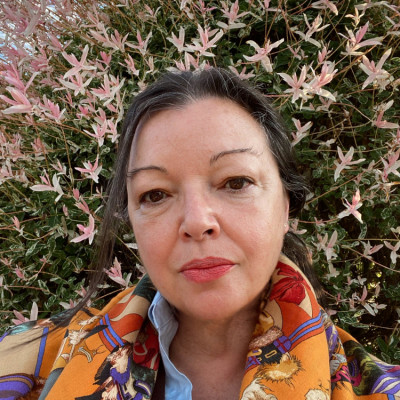 | Ludmila Shumilova PRO What an exciting voyage through this article and the gallery of fascinating photos! Breathtaking scenes! Great photography! Thank you all! |
 | Miro Susta CREW Thank you very much for your appreciation Ludmila. |